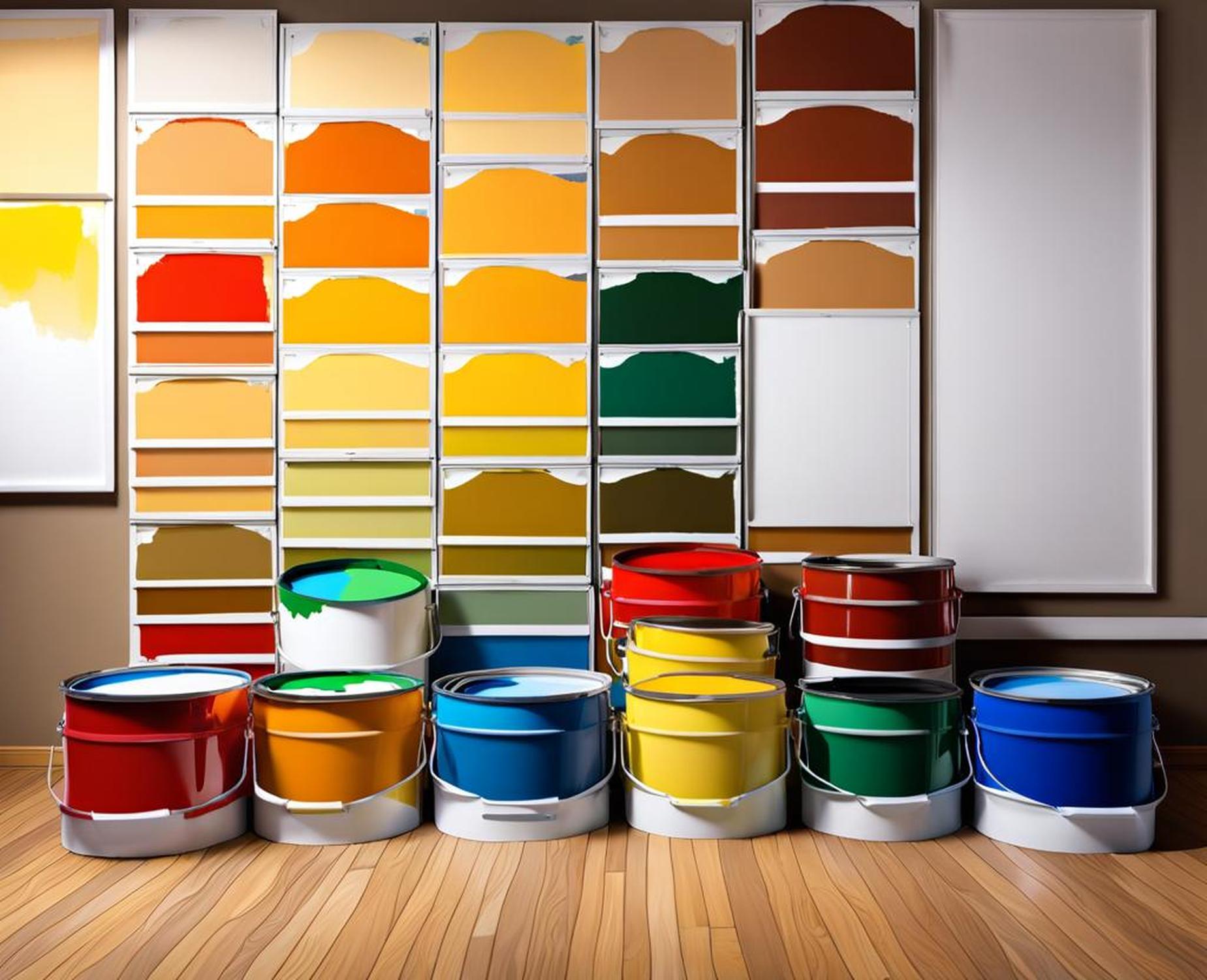If you’re planning a fresh coat of paint for your living room makeover, determining exactly how much paint you need can be confusing. Don’t worry – we’ll walk you through all the key calculations step-by-step so you can budget accurately and avoid having to make multiple trips to the hardware store.
The first step is measuring the total square footage of your living room walls to figure out the total area that needs covering. Be sure to deduct the area of any doors, windows or large openings. Online paint calculators can help provide precise measurements if you input room dimensions.
Factor In Your Wall Type and Texture
The texture and material of your walls impact how much paint will be required. For instance, a smooth drywall surface needs less coverage than a heavily textured or popcorn ceiling. Consider any repairs as well – damaged drywall may need primer and sealer before painting.
Picking Paint Sheen and Finish
Choosing flat, eggshell, satin or semi-gloss paint changes coverage capability. Flatter finishes often require an additional coat, whereas glossier paints have more acrylic binders for spreading over the surface evenly. For intense color changes, tinted primer helps hides better.

Prime First for a Perfect Finish
Primer creates a uniform surface for truer, more vibrant color. For light walls, one coat of primer followed by 2 finish coats works well. If switching from light to dark paint, a tinted primer helps with coverage and touch-ups.
Estimate How Many Gallons You’ll Need
Now for the real paint math. Typical coverage rates range from 350-400 square feet per gallon. So if your walls total 1200 square feet, you’d need approximately 3-4 gallons of paint. However, allowing extra for cutting-in edges bumps the estimate higher for full coverage without roller marks. Plan for more with lower-quality paint too.
Cutting In Edges Takes More Precision
While rolling goes quickly once the room is prepped, carefully cutting in edges with an angled brush takes more time and uses extra paint. So does detail work around windows, corners, and trim. Edge work helps tie everything together seamlessly.
Buying Guide For Consumer Sizes
Once you’ve calculated the gallons required, decide which container sizes work best. While 5-gallon buckets are super cost-effective, leftovers can dry out before your next project if not sealed correctly. Optimal amounts waste less paint. Consider recyclable 1-quart or 1-gallon cans if working in small doses.
- Use painter’s tape for sharp paint lines against trim or ceilings
- Pour paint into disposable roller pans instead of dipping from the can
- Work methodically in sections so edges don’t dry too quickly
Follow our guide to estimate how much paint you need for living room walls, trim, and accents. Planning upfront makes for a smooth makeover minus leftover paint surprises or emergency store runs!
